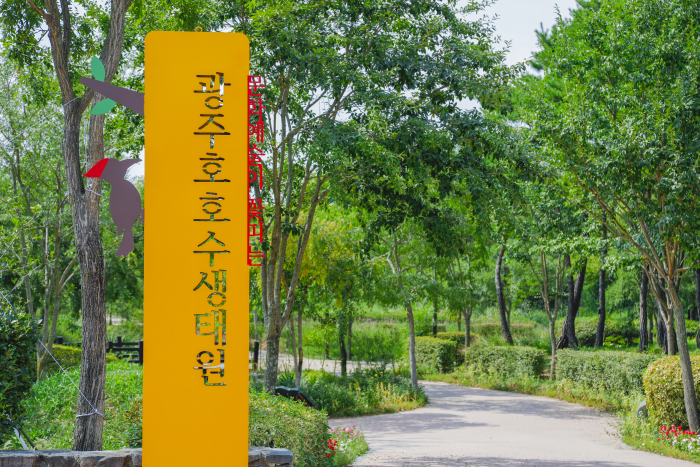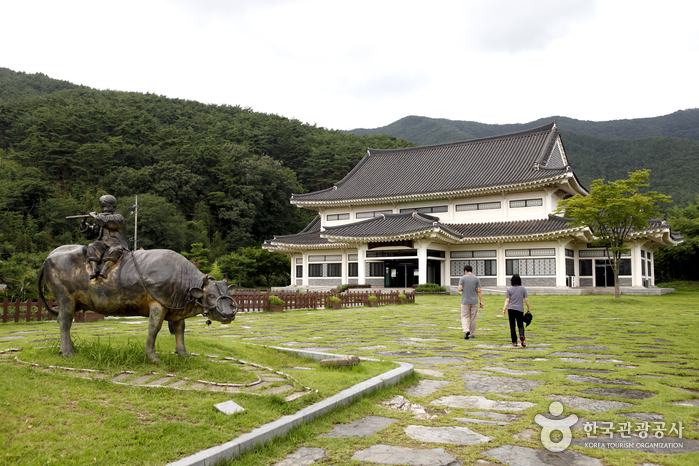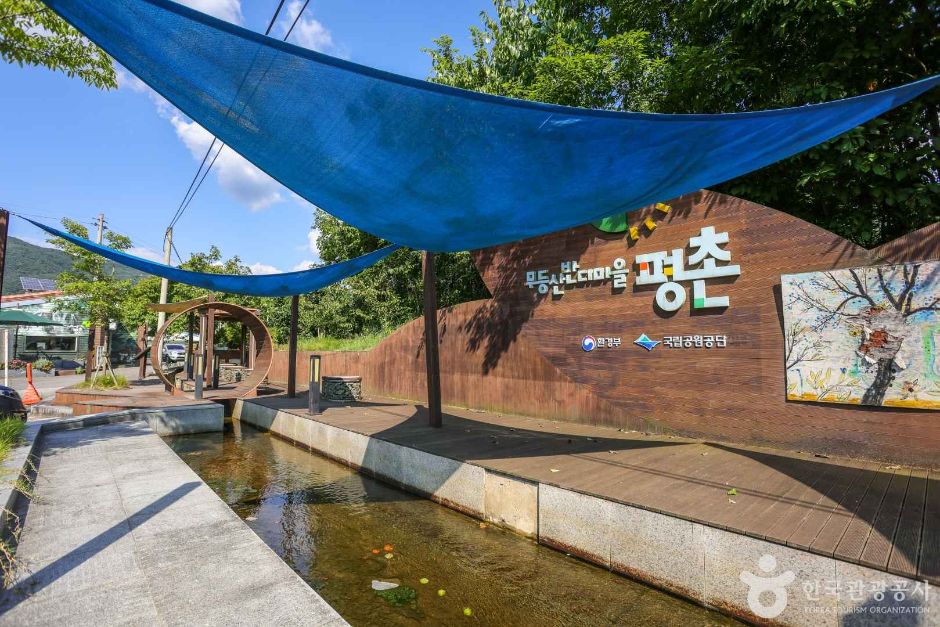Parque Ecológico del Lago Gwangju (광주호 호수생태원)
19.0Km 2025-06-16
Chunghyosaem-gil 7, Buk-gu, Gwangju
Hwanbyeokdang (환벽당)
19.2Km 2023-02-09
Hwanbyeokdang-gil 10, Buk-gu, Gwangju
Museo Literario Gasa Munhak (한국가사문학관)
19.5Km 2021-12-28
Gasamunhak-ro 877, Gasamunhak-myeon, Damyang-gun, Jeollanam-do.
Este museo se encuentra en Damyang, de la provincia Jeollanam-do, una región que posee tierra fértil, un paisaje natural espléndido y cantidad de reliquias y patrimonios culturales. Durante la época de Joseon, cuando la mayoría de las actividades literarias se realizaban en hanmun (caracteres chinos), comenzaron a aparecer poesías escritas en el idioma coreano, y así, también ha florecido la literatura Gasa Munhak (antiguo verso coreano).
Los versos más famosos son el “Gwandong Byeolgok”, y “Sami Ingok” del poeta Jeong Cheol, y, también existen 18 obras legendarias de autores famosos y anónimos, pertenecientes a la región de Damyang. De tal manera, siendo la meca de la literatura antigua de Corea, el museo se ha instalado con el fin de preservar y difundir la importancia de este patrimonio cultural a las generaciones actuales.
El museo está formado por varias instalaciones anexas, las salas de exposición clasificados por los diferentes autores históricos, las áreas destinadas a la colección de materiales informativos, sala de exhibición de los productos regionales y la casa de té tradicional.
Aldea Pyeongchon de Gwangju (광주 평촌마을)
19.6Km 2025-06-16
Pyeongchon-gil 15, Buk-gu, Gwangju
La Aldea Pyeongchon comprende cuatro pequeñas comunidades ubicadas en el norte del monte Mudeungsan: Donglim, Daman, Useong y Dakmoe. La principal actividad económica es la agricultura, sobre todo el cultivo ecológico de arroz. Por su naturaleza pura y limpia, aquí habitan muchos animales en extinción como la nutria coreana. La aldea también es conocida por la cerámica coreana que se producía desde los tiempos de la dinastía Joseon y ofrece talleres simples y fáciles para los visitantes.
Jardín Soswaewon de Damyang (담양 소쇄원)
20.0Km 2023-01-04
Soswaewon-gil 17, Gasamunhak-myeon, Damyang-gun, Jeollanam-do.
Soswaewon es un jardín público representativo de la dinastía Joseon en el cual podemos ver la belleza tradicional coreana. Este jardín fue construido por Yang San-bo después de renunciar su ambición por la fama y el poder al ser asesinado su profesor Jo Kwang-Jo por razones políticas. Soswaewon significa "jardín limpio y transparente" y fue donde los marineros disfrutaban de la música y de tiempos placenteros entre los bosques de pinos de este lugar.
Soswaewon tiene un arroyo que en las colinas de los costados se plantaron árboles boksa y variadas plantas, e hicieron que el agua transparente del valle corriera por debajo de la cerca a través de piedras. Además por arriba del agua del valle hay un puente de madera lo cual suma elegancia al paisaje. La cascada que cae del molino de agua forma una buena armonía entre la naturaleza y lo artificial, es un jardín donde reprodujeron en forma exacta el hermoso paisaje de las montañas. El jardín está a unos 150 m de la carretera. El camino hacia la entrada al jardín está decorado con árboles. Recorriendo este camino por el lado izquierdo aparece también un pequeño valle.




 Español
Español
 한국어
한국어 English
English 日本語
日本語 中文(简体)
中文(简体) Deutsch
Deutsch Français
Français Русский
Русский